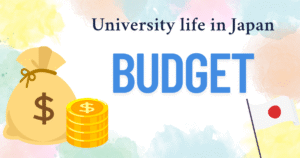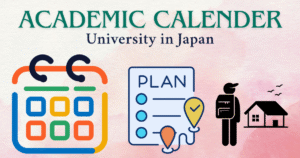Dreaming of studying in Japan but not sure which road to take? Below we unpack the two popular routes — Direct Admission and the Language-School Pathway — and how each one suits undergraduate, master’s, and PhD goals.
Route 1: Direct Admission
Apply directly to a Japanese university if you have already finished 12 years of schooling and can prove your skills with the EJU or a university-run exam. Many programs request JLPT N2 or accept EJU Japanese scores. Graduate applicants add a concise Statement of Purpose or Research Plan and usually email professors first to confirm lab fit and interview steps. This path is quick and cost-efficient, but only if your documents and scores are already strong.
Route 2: Language-School Pathway
If your Japanese still needs work, start with a language school for six months to two years. Intensive classes raise your JLPT level while teachers explain Japan’s academic culture and help you book the EJU. High attendance and grades can earn a “designated-school recommendation,” letting you swap difficult entrance tests for a short interview or document check at partner universities. The extra time also lets you visit campuses, try life in Japan, and choose the best faculty for you.
Choosing Your Path
For bachelor’s study, pick the route that matches your language score and budget. Master’s hopefuls should begin by reading journal papers, contacting professors, and sharpening a research proposal — skills you can build in either track. PhD applicants live and die by supervisor fit: an early, positive reply from a professor often decides the result. Whatever your level, strategy matters more than luck.
Isami Dojo: Personal Guidance
Our coaching program reviews your language and transcripts, sets milestone dates, introduces you to potential supervisors, and polishes every essay until it shines. Whether you leap straight in or train first at a language school, we stand beside you with regular meetings, video lessons, and quick feedback so your dream campus feels close.


